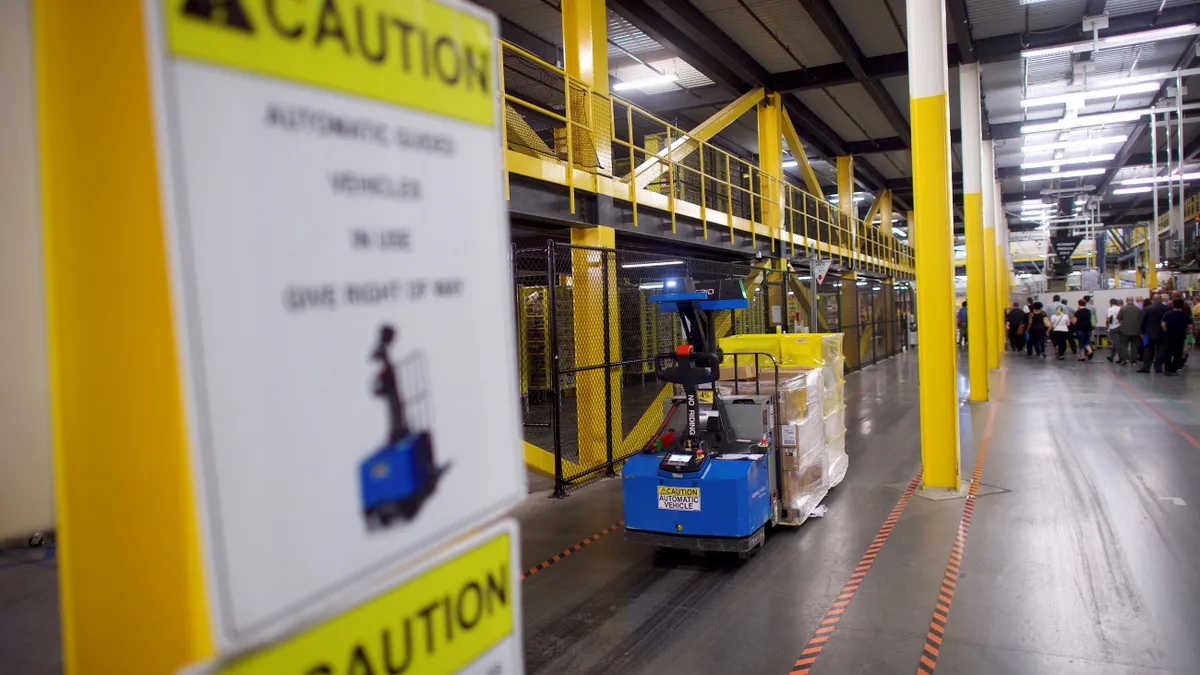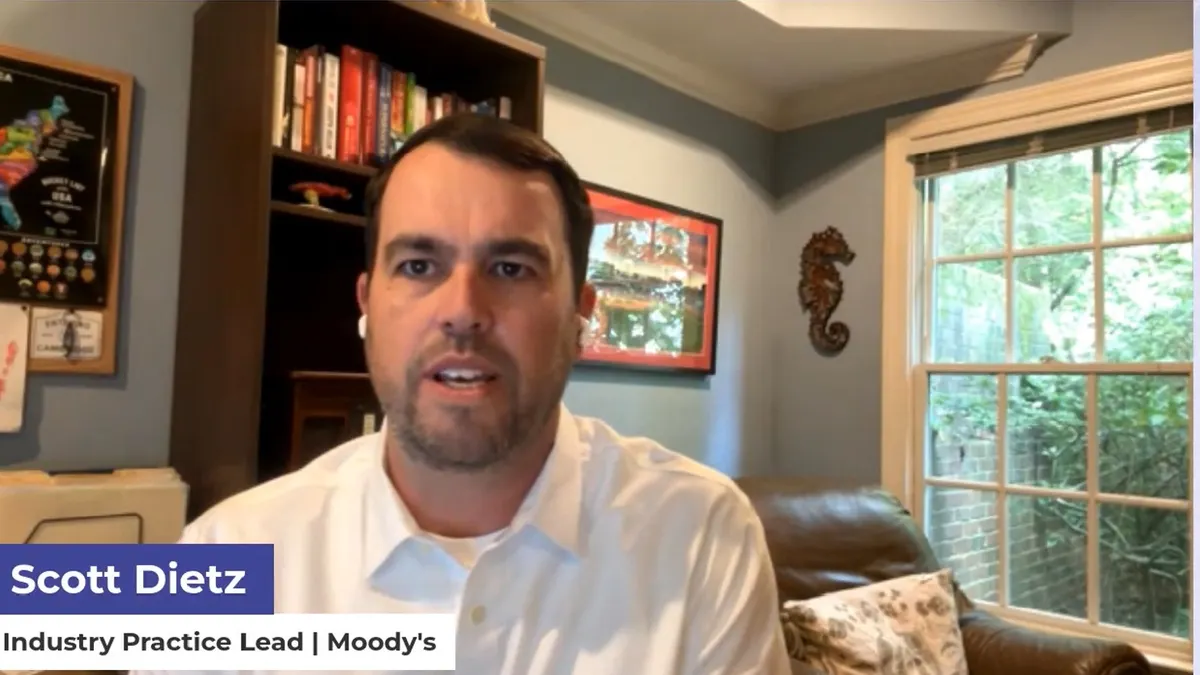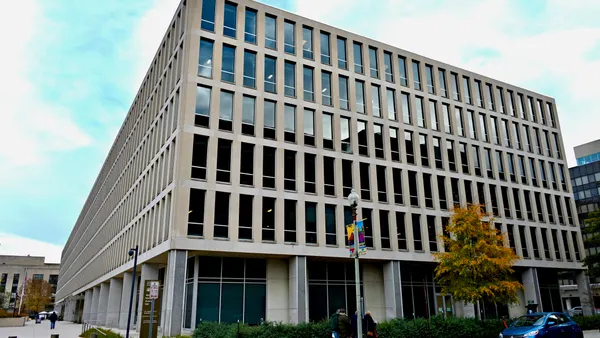Dive Brief:
- The worldwide mobile robot market is poised to grow at a weaker pace than previously expected in the next few years due to persistent global macroeconomic headwinds, among other challenges, according to market research firm Interact Analysis.
- The difficult climate has resulted in manufacturers and retailers slowing their automation investment plans, according to a recent Interact Analysis report. As a result, the research firm is no longer predicting a rapid uptick in autonomous mobile robot deployments before 2027.
- “It’s still considerable growth that we’re forecasting, but it’s not really that hockey stick curve that we had previously anticipated,” Ash Sharma, chief commercial officer and vice president of research for robotics and warehouse automation at Interact Analysis, said in an interview.
Dive Insight:
Global mobile robot revenues will reach $5.5 billion in 2024 and grow at more than 20% annually up to 2030, Interact Analysis projects. The firm said it reduced its 2027 forecast for the global market by 18%.
Among other factors that are constraining demand, the retail industry is still going through a post-COVID-19 pandemic correction, the report said. In addition, the market has faced geopolitical risks such as national elections across the globe, as well as ongoing conflicts in Ukraine and the Middle East, with the latter continuing to push up energy costs while also disrupting supply chains, according to the research.
“We now forecast customer uptake will carry on growing at a linear rather than exponential rate, while price declines will be slower than previously anticipated as labor costs increase, preventing an avalanche in demand,” the report said.
Still, companies are continuing their automation plans to mitigate risks associated with labor shortages, rising wages and economic uncertainties, ensuring business continuity and resilience, it said.
Interact Analysis survey findings published in July found that nearly six out of 10 companies were already using some form of mobile automation in their facilities. Larger companies with revenues over $1 billion were more likely to use mobile robots than smaller ones. Most respondents (71%) said they only partially automated their workflows with mobile robots.
Amazon is among major retailers that have been investing heavily in robotics.
“The reason why we're trying to have more robotics and automation in our fulfillment network is it allows us to … ship more quickly, to ship more cost effectively, and to make conditions even safer for our fulfillment teammates than what they already have today,” Amazon CFO Brian Olsavsky said during a third-quarter earnings call in October.













